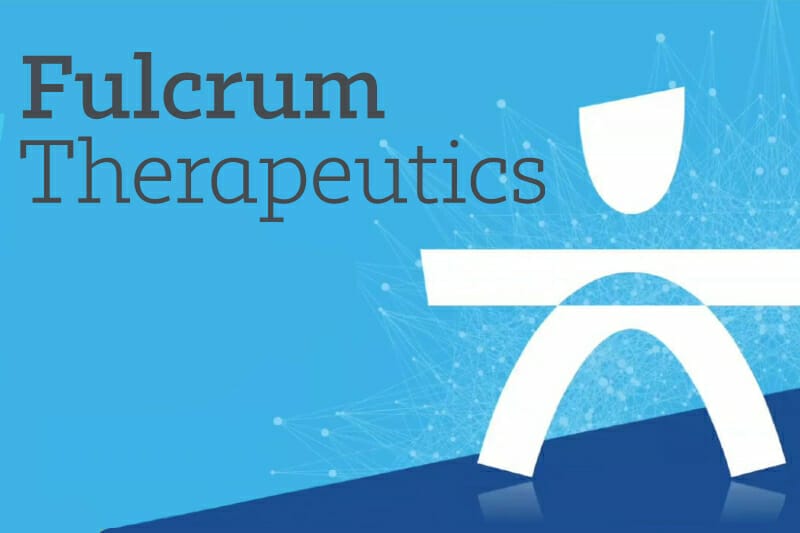Fulcrum Therapeutics (FULC.Q) announced positive results today from its ongoing Phase 1 trial with FTX-6058 in healthy adult volunteers.
“We are very pleased with the interim results from this clinical trial of FTX-6058, which demonstrated compelling results across all primary, secondary, and exploratory endpoints included in this study. We are excited to have been able to demonstrate proof of mechanism and proof of biology, as evidenced by maximal target engagement and increases in fetal hemoglobin parameters, including HBG mRNA and F-reticulocytes. These PD effects were further supported by predictable pharmacokinetics and being generally well tolerated,” said Bryan Stuart, Fulcrum’s president and chief executive officer.
Fulcrum is a clinical-stage biopharmaceutical company committed to improving the lives of patients with genetically defined rare diseases in areas of high unmet medical need. FTX-6058 is the Company’s oral therapeutic designed to induce expression of fetal hemoglobin (HbF) to compensate for the mutated adult hemoglobin in sickle cell disease (SCD), resulting in reduction or elimination of symptoms. In layman’s terms, FTX-6058 is intended to reduce or eliminate the symptoms associated with SCD, including anemia, pain, infections, stroke, heart disease, pulmonary hypertension, kidney failure, liver disease and reduced life expectancy.
In order to make sense of Fulcrum’s trial results, we first need to understand sickle cell disease and its origin. SCD refers to a group of inherited red blood cell disorders. In individuals with SCD, red blood cells become hard and sticky. Furthermore, sickle cells die early, causing a constant shortage of red blood cells. Due to their shape, which resembles that of a sickle, these cells tend to get stuck and clog the blood flow, which can result in the aforementioned symptoms. With this in mind, the cause of SCD is unstable hemoglobin, a protein that allows red blood cells to carry oxygen to all parts of the body.
Referring back to Fulcrum’s latest news, the Company announced positive interim results from its ongoing singe and multiple-ascending dose (SAD and MAD) Phase 1 trial with FTX-6058 in healthy adult volunteers. Fulcrums press release is filled to the brim with incoherent, scientific mumbo jumbo, so let me summarize. In the MAD portion of the trial, FTX-6058 demonstrated HbF protein production, thereby improving patients’ ability to deliver oxygen throughout their bodies. In fact, FTX-6058 was able to demonstrate a 2-3 fold induction of HbF protein. Furthermore, there were no serious adverse events reported and no discontinuations.
Financials:
According to Fulcrum’s Q2 2021 Financial Results, which were released today, the Company’s cash and cash equivalents were $56,779,000 million on June 30, 2021, compared to $57,052,000 on December 31, 2020. However, Fulcrum’s total assets also increased to $137,879,000 from $129,577,000 in the same period. On the other hand, the Company’s total liabilities decreased to $26,989,000 as of June 30, 2021. In total, Fulcrum posted revenues of $4.38 million for Q4 2020, marking a notable increase from $2 million in the previous year. In Q4 2021, Fulcrum intends to present additional results at an upcoming meeting. Furthermore, the Company expects to begin enrollment in a clinical trial in sickle cell patients in the same quarter, beginning with a Phase 1b trial.
With this in mind, Fulcrum is a promising biotechnology company. Aside from FTX-6058, the Company has an expansive pipeline of products including its losmapimod for facioscapulohumeral muscular dystrophy (FSHD). Additionally, Fulcrum is utilizing machine learning to identify new drug targets related to muscle disorders, central nervous system (CNS) disorders, and blood disorders, among others.

Fulcrum’s share price opened at $13.21, up from a previous close of $8.33. The Company’s shares are up 124% and are trading at $18.68 as of 11:59AM ET. This indicates that there has been massive change following the news.

